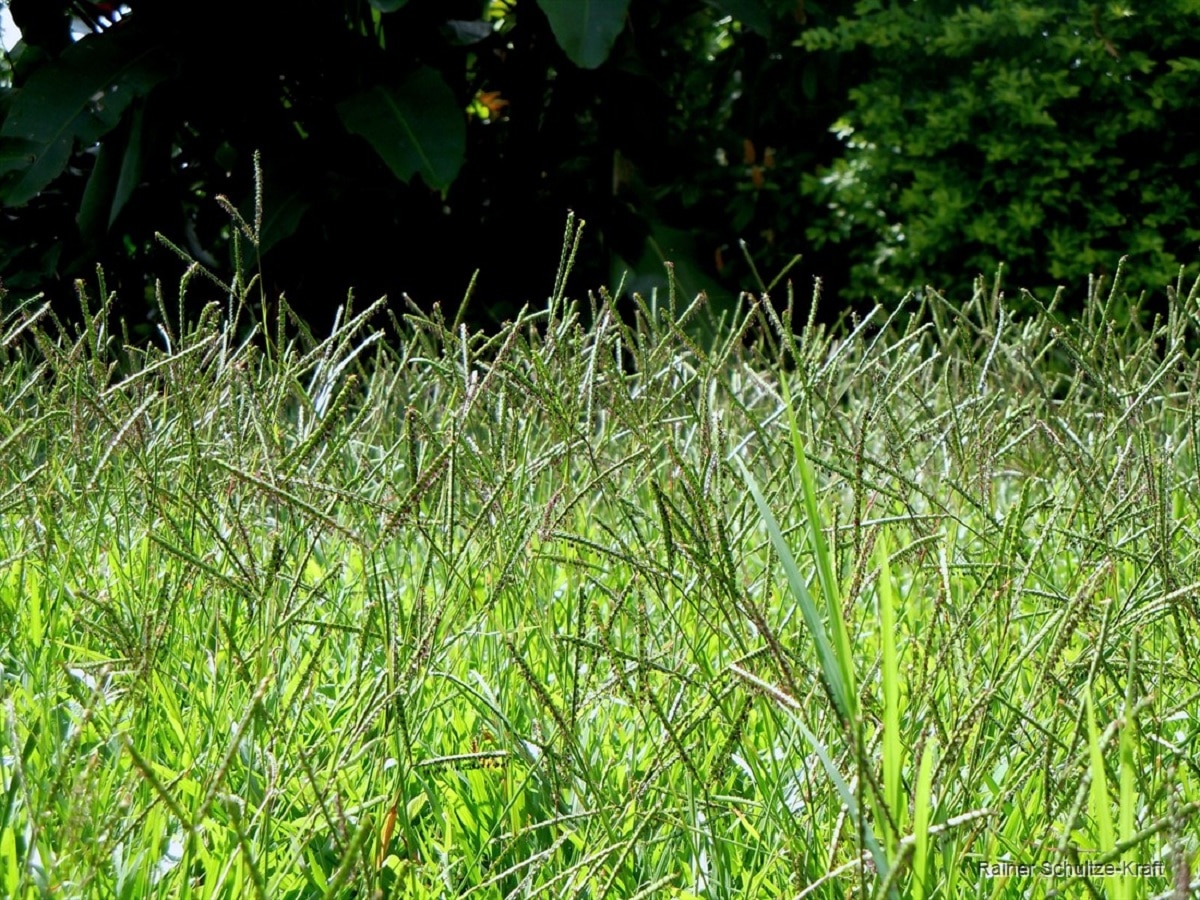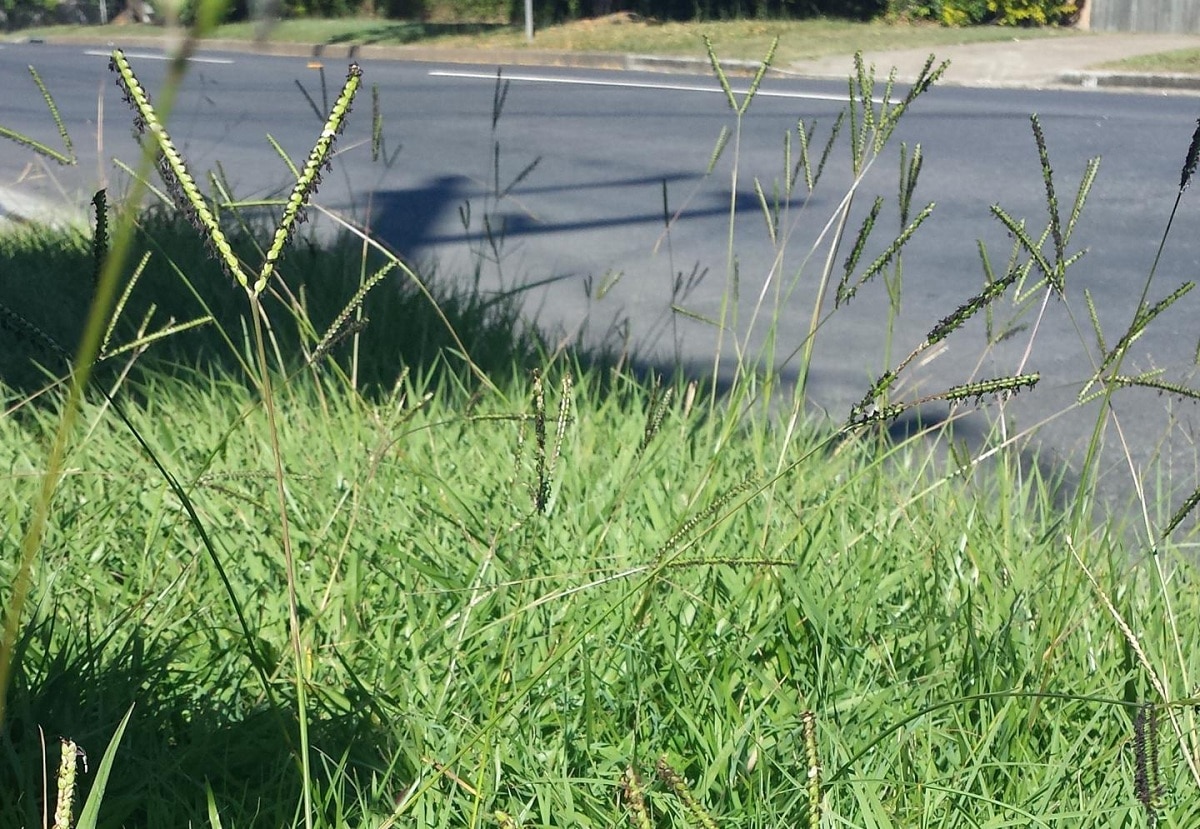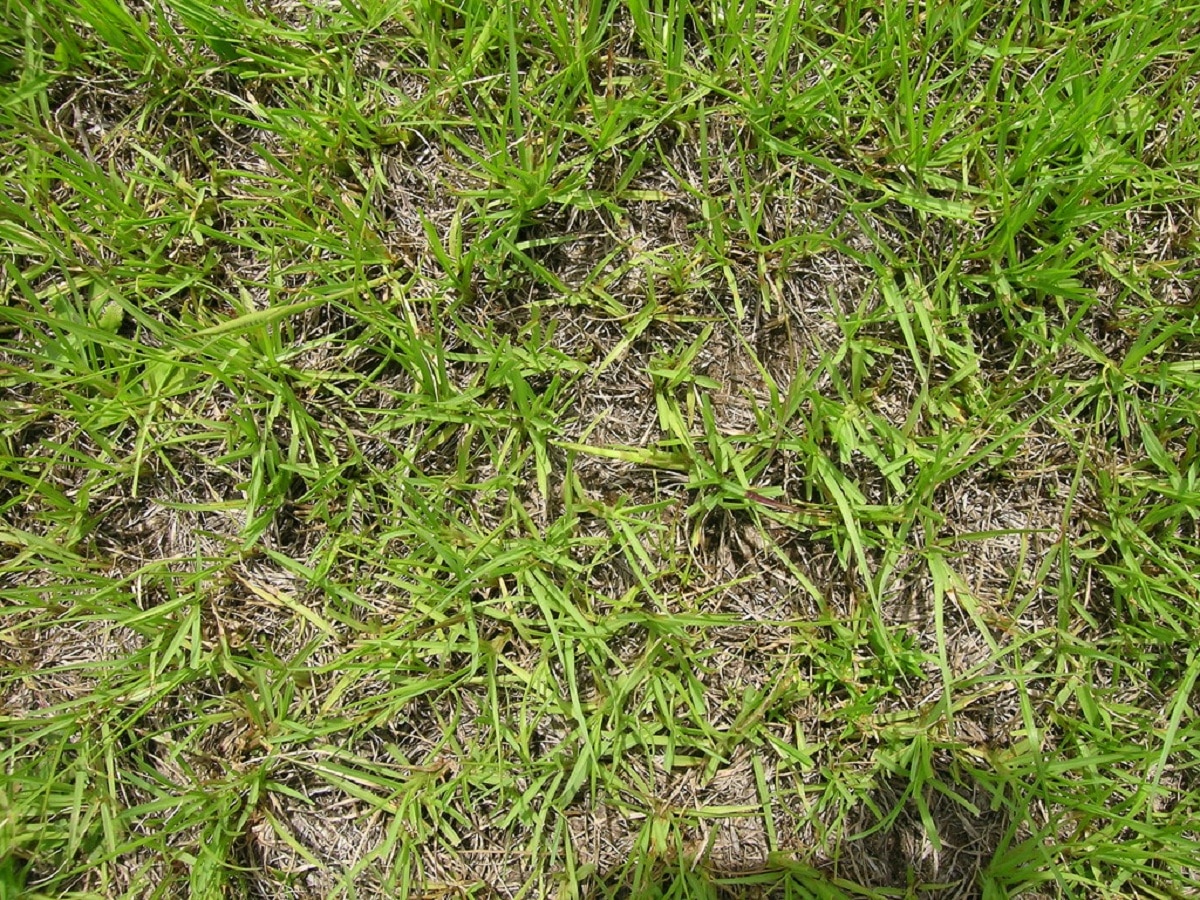
We are going to talk about a species native to the natural fields of Uruguay and that serves as a recovery species for degraded natural fields. Its about Paspalum. It is also used as a very useful grass against places with a high level of drought and that requires little maintenance. It belongs to the group of grasses and is a summer perennial plant.
In this article we are going to tell you all the characteristics, uses and curiosities of the Paspalum.
Key features

It is a plant that belongs to the group of grasses and is found in natural fields. It has a high production in the seed and quite viable. It has a stem of type stoloniform which gives it great potential to be cultivated permanently since it has a large production capacity. It can be a perfect summer component or as a species to recover degraded natural spaces. If an ecosystem is degraded by overgrazing or having gone through a rather demanding agricultural phase, this plant can reclaim the soil.
As we know, in agriculture there is an excess of tillage and a high degree of use of herbicides that can damage the soil and degrade its natural conditions. It is in these cases where the Paspalum it can help us to reincorporate a livestock system in a productive way. If we take this potential into account, we can make the most of energy resources. The advantage that this plant grants to recover degraded spaces is that it has a great colonizing capacity through a wide network of short rhizomes. Its forage production can vary between 1500-2000 kgMS / ha throughout the year once planted. It can also reach levels of 6000 and up to 1200kgMS / ha in the following years.
In order for it to reach these production values, it must reach the conditions of high humidity and fertility that it requires. The average growth rate in the winter and spring months is approximately 45kgMS / ha / d, achieving maximum growth of 90 to 100kgMS / ha in the second half of January. With the first frosts of winter, which are usually the most severe, the plant loses green forage and sprouts from the rhizomes. It is already in the second phase of growth when it starts strongly and takes place in late October and early November.
Uses of Paspalum

The nutritional value of this plant varies depending on the amount of accumulated forage. Above all, it varies according to the amount of inflorescences present. Unlike other plants of the same group, the structure means that the grazing stratum is mainly found with green blades and few pods. Relatively high seed production thanks to size and density of the panicles that are produced from mid-December to February.
Spring is the most recommended time for sowing since they reach good temperatures and germinate better. However, there have also been some fairly successful implantations during the fall season, especially when is associated with other species that grow in temperate climates. Sowing on land that has already been tilled, good direct sowing, are the most recommended methods for the use of the Paspalum. And it is capable of recovering and regenerating the characteristics of the soil in almost its entirety.
A weed-free spot must be selected in order to prepare the planting site well. The plant has coverage, it must be carried out using the minimum herbicide possible so as not to further destroy or degrade the soil. Seed density should be adjusted based on seed lot information. We must look for approximately 150 seeds and speak for each square meter of surface. The initial fertilization should include a binary fertilizer since the presence of phosphorus and nitrogen help to increase the initial vigor of the seedlings. It also has a rather slow development at the beginning but with a high investment in the root system. This is accentuated in plantings that are carried out in the autumn season.
The seed has a dormant state and it is very common to observe extended germination after the sowing date. For this reason, it is expected that the planting area may suffer the growth of weeds early. Above all, it happens because it is a summer grass.
Advantages Paspalum

One of the advantages of using this grass is that it can be used as forage. It has a nutritional value that remains high when it matures. It is valued as a stabilizer of soil erosion and for its ease of establishment and persistence to keep well. Being resistant to drought, it is recommended for many degraded soils not only due to overgrazing and over-tillage, but also by drought-stricken soils. This relatively low maintenance, so it requires little care. My problem with excesses in the presence of harmful insects attract so little any type of disease.
Due to its great resistance, it is used in South America as pasture for cattle. Can also be used as a garden lawn in zones more degraded since it has a great extension capacity. Being able to expand its distribution area with ease, it can be used as a cover plant.
The incorporation work of the Paspalum to the soil included various initial evaluations to make the exact moment of sowing to take advantage of its maximum growth. Since at the beginning they are a slow development, the first year allows limited use of the species, although it is recommended that you start grazing now to minimize your competition from other grasses that may grow spontaneously. From the second year on, nitrogen fertilization is recommended in such a way that it helps to enhance forage production and increase the amount of protein in it. The amount of fertilization will be applied according to the water regime present in the growing season and the amount of forage that has been harvested.
I hope that with this information you can learn more about the Paspalum and their characteristics.